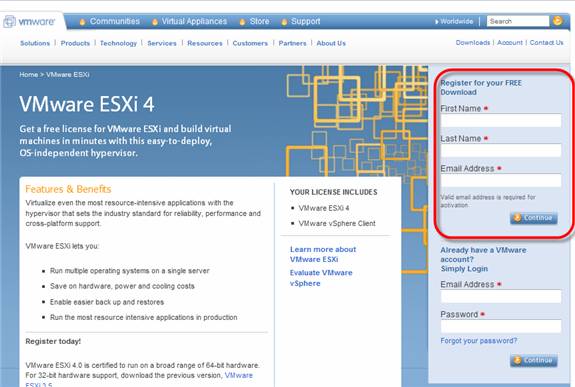

Ide1:0.fileName = " /path/to/cd.iso"ide1:0.deviceType = "cdrom-image" To use an ISO image, change the fileName and deviceType lines to this: If you’d like to use an ISO image instead of a CD-ROM, however, you’ll need to tweak this a bit. If you want to install a new guest OS from a CD-ROM or DVD, the defaults are fine. Look for the lines ide1:0.fileName and ide1:0.deviceType. It specifies the location of the disk image, the amount of RAM, and so on. This is the configuration file used by VMware to hold information about the virtual environment.

Under the Gentoo directory, you’ll find a file called Gentoo.vmx if you’ve chosen another virtual image, look for its. I’ll use the Gentoo appliance for this example.ĭownload the appliance and unzip it into the ~/vmware directory. The easy way to do this is to grab a VMware appliance from the VMware site, and then make a few modifications. I’ll walk through the process of creating a guest OS on Linux this should also work under Windows, but you may need to change things such as pathnames. You can also modify your virtual machines for VMware Workstation using the tips here for VMware Player, but you should be able to do most if not all of this through the VMware Workstation GUI.

Also, Workstation has a number of features you won’t find in VMware Player, such as the ability to take snapshots of the guest OS, take movies of the virtual machine, and use virtual SMP.īut VMware Player will get the job done if you just want to run a virtual host under Linux or Windows. It’s much easier to use VMware Workstation to create virtual machines than to do it manually. If you plan to make extensive use of VMware - i.e., if you need to run more than a single OS, if it’s for your work, or if you’re doing more than just tinkering for fun - go ahead and buy a copy of VMware Workstation. For example, if you want to test a development release of Ubuntu or Debian, it’s unlikely that you’ll find a VMware image available. If you don’t know anyone with a copy of Workstation, or the OS you want isn’t available as a VMware appliance, you’re out of luck. The easiest way to get a virtual image is to have someone with VMware Workstation create one for you, or to download a pre-made image from VMware.


 0 kommentar(er)
0 kommentar(er)
